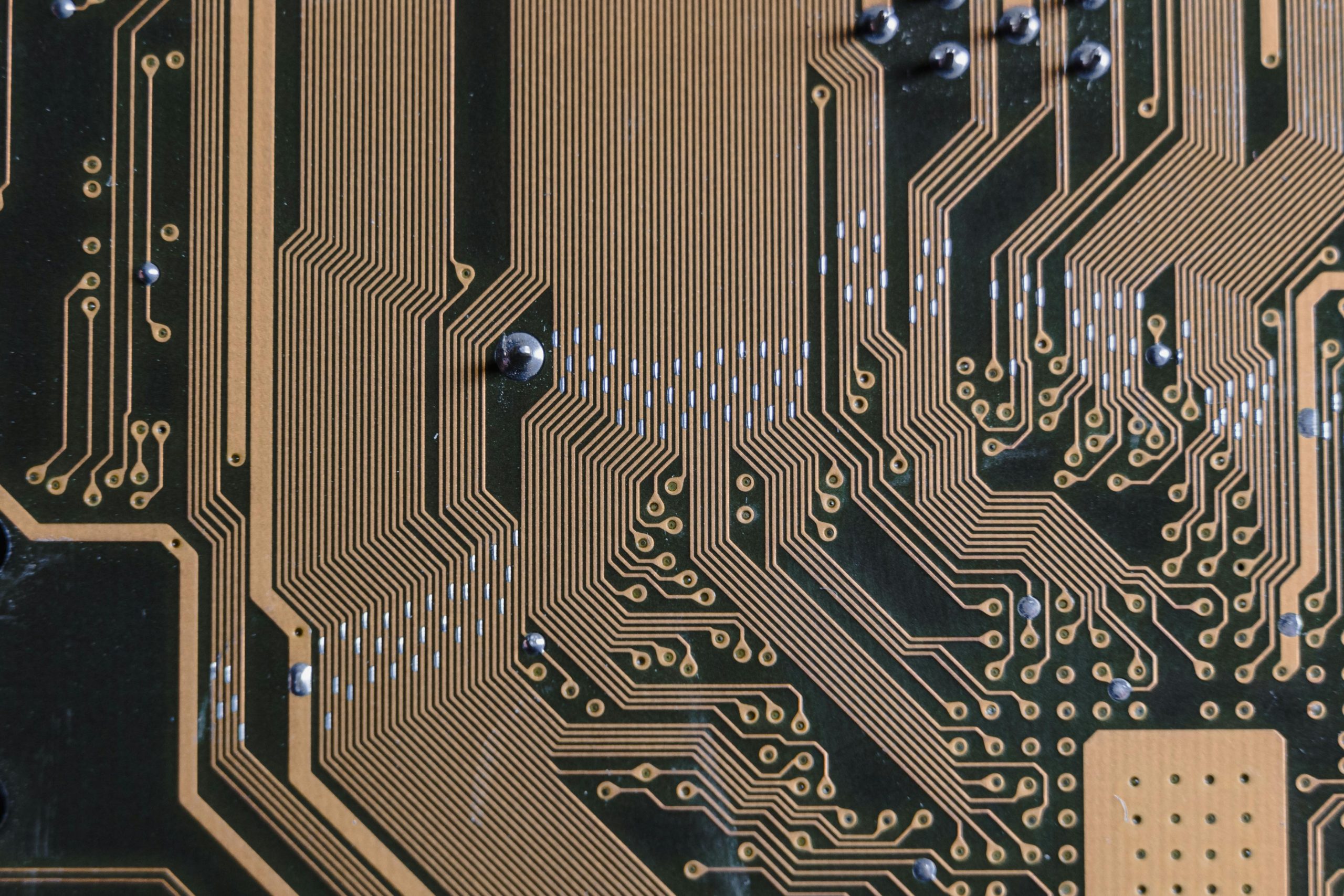Troubleshooting Smart Bulb Connectivity: Why Your 2.4GHz WiFi Network Isn’t Supporting Your Amazon Basics Smart Bulb
In today’s smart home environment, seamless connectivity is key to enjoying the full benefits of your devices. However, many users encounter frustrating challenges when trying to connect smart bulbs—such as Amazon Basics models—to their home WiFi network. Specifically, even after creating a dedicated 2.4GHz network, some users find their smart bulb still cannot detect or connect to it.
Understanding the Network Separation and Its Impact
Many modern routers, including those provided by providers like Xfinity, offer a feature called band separation or network splitting. This allows homeowners to create distinct WiFi networks for 2.4GHz and 5GHz bands, often to optimize device connectivity. While this can enhance performance for certain gadgets, it may also introduce compatibility issues with some smart devices.
Common Troubleshooting Steps
-
Ensure Correct Network Selection:
When adding a smart bulb, verify that your device’s app (in this case, the Alexa app) is connected to the exact 2.4GHz network you’ve created. Sometimes, devices may default to the 5GHz band if not explicitly connected. -
Reset and Reboot Devices:
Performing a factory reset on the smart bulb is a recommended step, as is restarting the app and your router. These actions can resolve minor glitches and refresh network settings. -
Minimize Network Complexities:
Some smart devices prefer to operate on a single, unified network. Consider temporarily reverting to a single-band (preferably 2.4GHz) setup during the setup process to ensure compatibility. -
Check Compatibility and Firmware:
Confirm that the smart bulb supports the network frequency and that both the bulb and your app are running the latest firmware and software versions.
Additional Tips for Successful Setup
- Use the device’s proximity to the router during setup to ensure a strong signal.
- Disable any guest networks or additional network segments that might interfere with device discovery.
- Consult the manufacturer’s troubleshooting guides for device-specific recommendations.
Conclusion
While creating a dedicated 2.4GHz WiFi network is often necessary for smart home devices, it doesn’t always guarantee a straightforward setup. Persistent connection issues, such as a smart bulb not recognizing the network, can stem from various factors including network configuration and device compatibility. Patience and methodical troubleshooting—like ensuring the correct network connection, resetting devices
Share this content:

